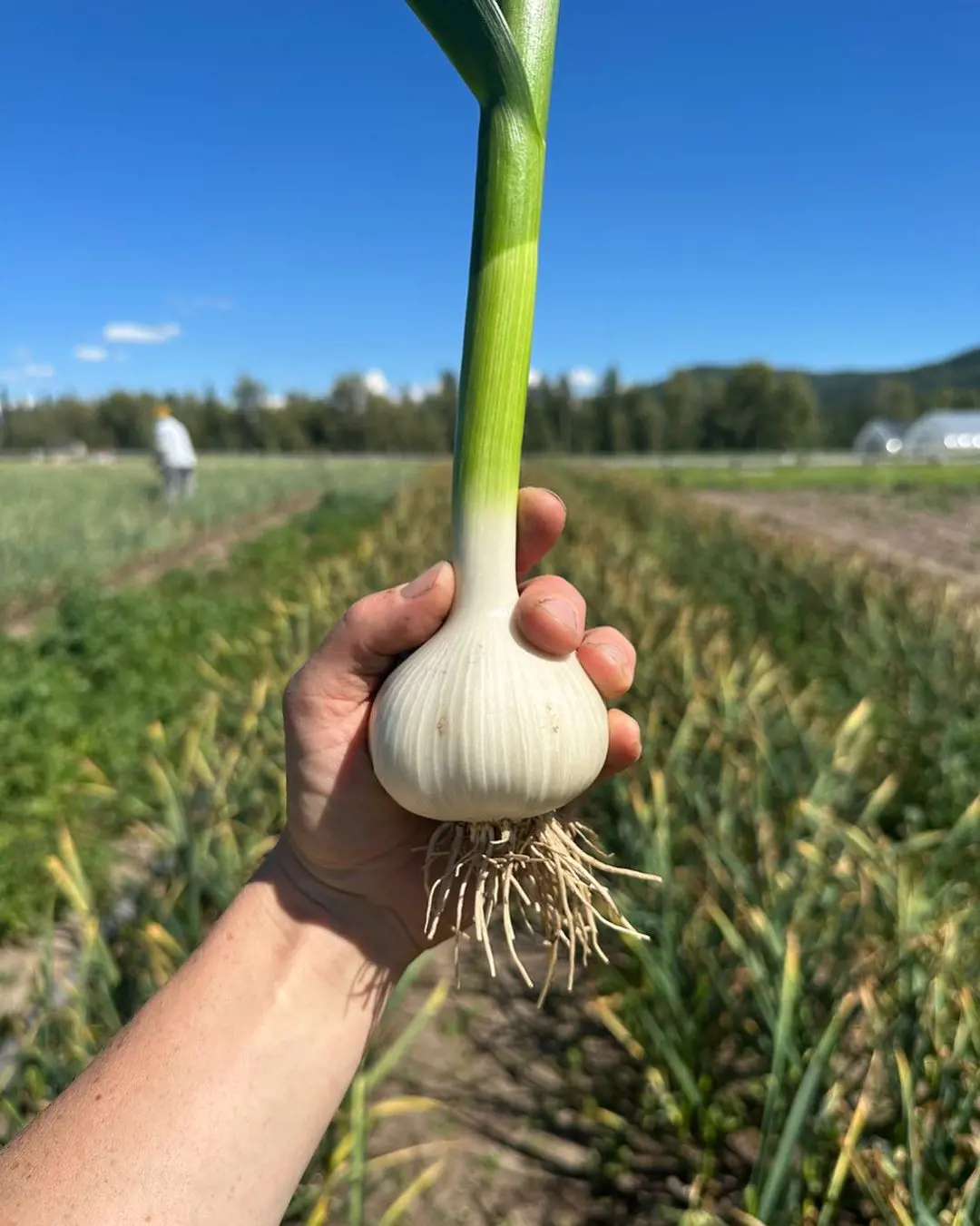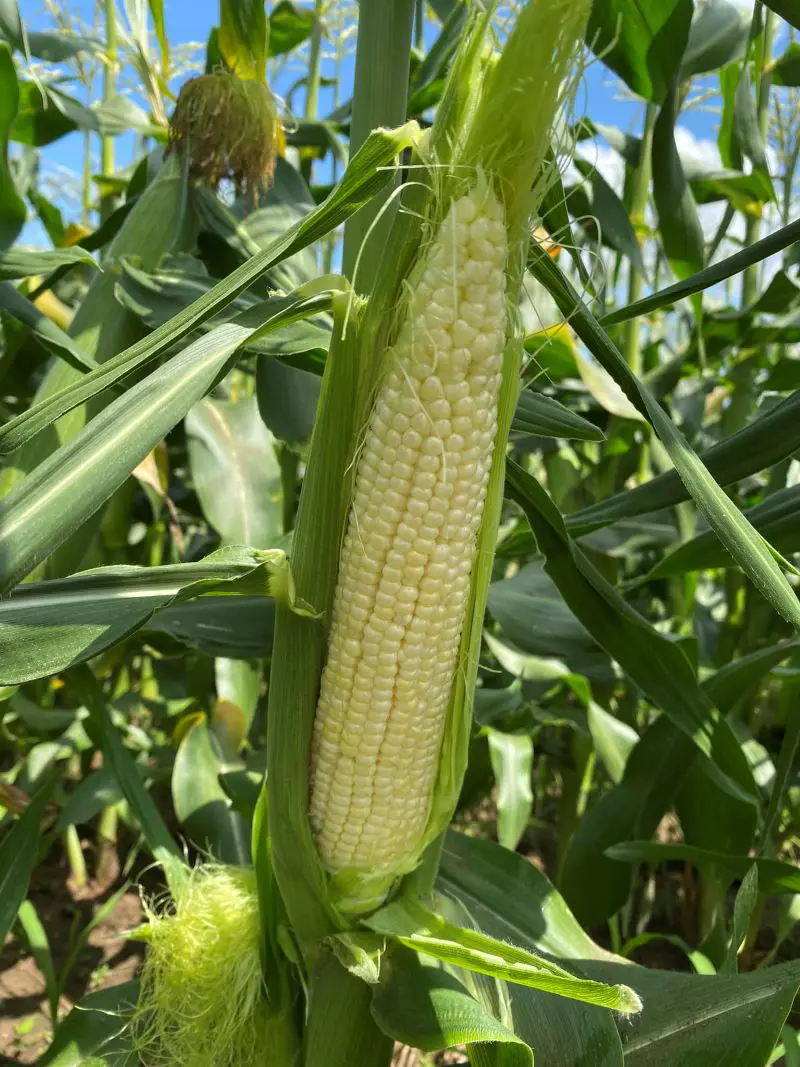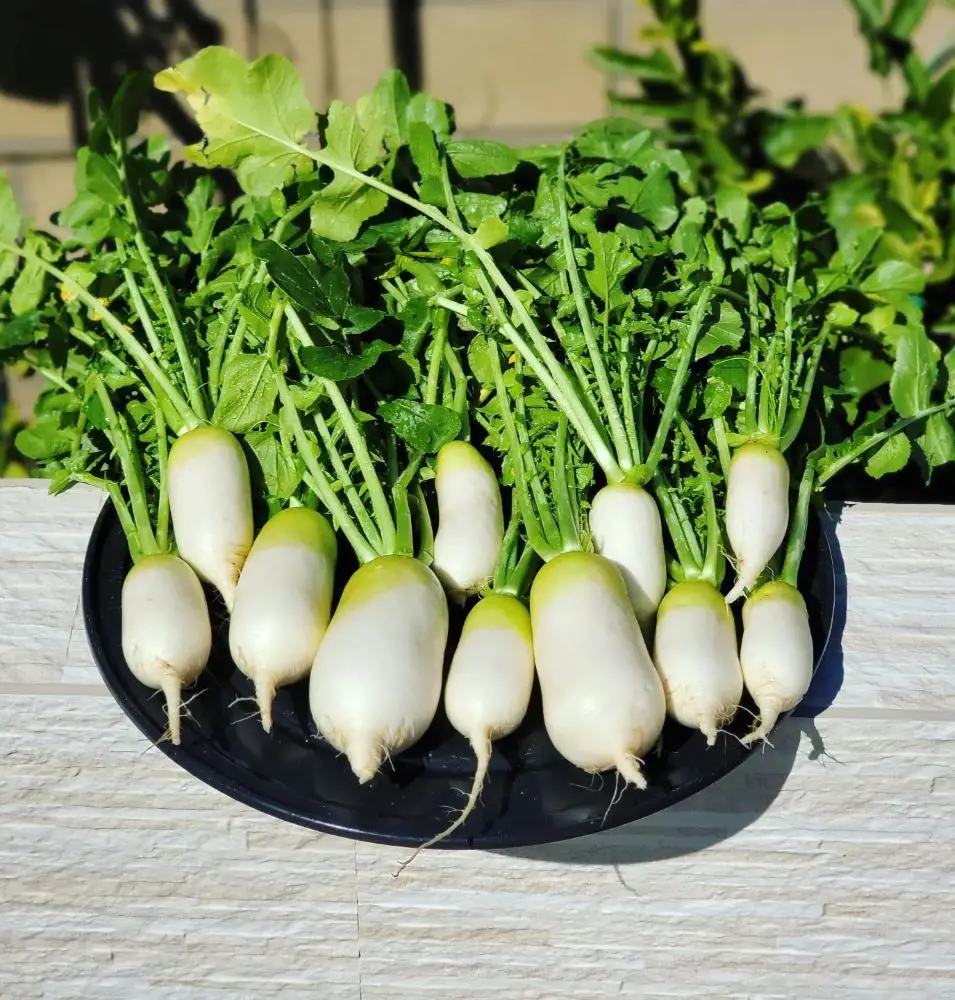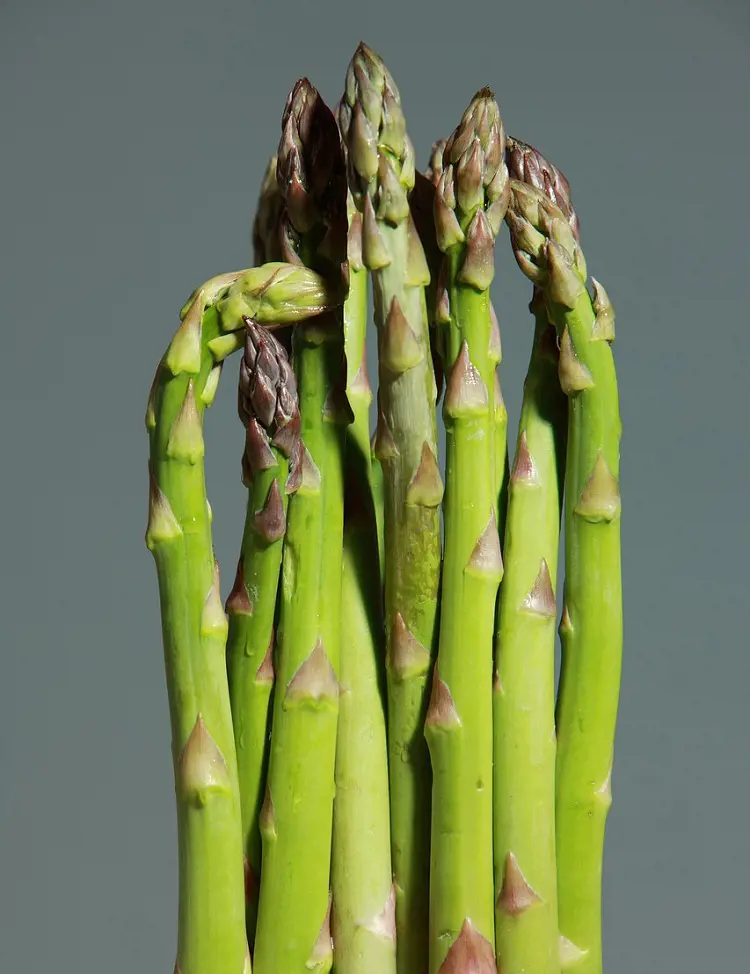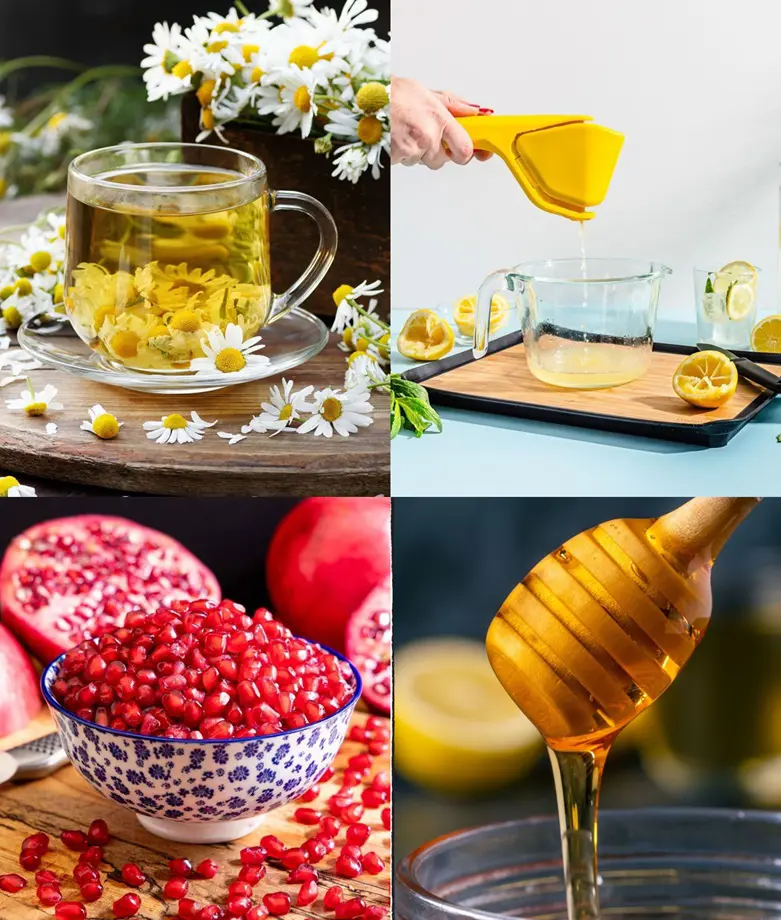How To Plant, Grow And Care Cucumbers
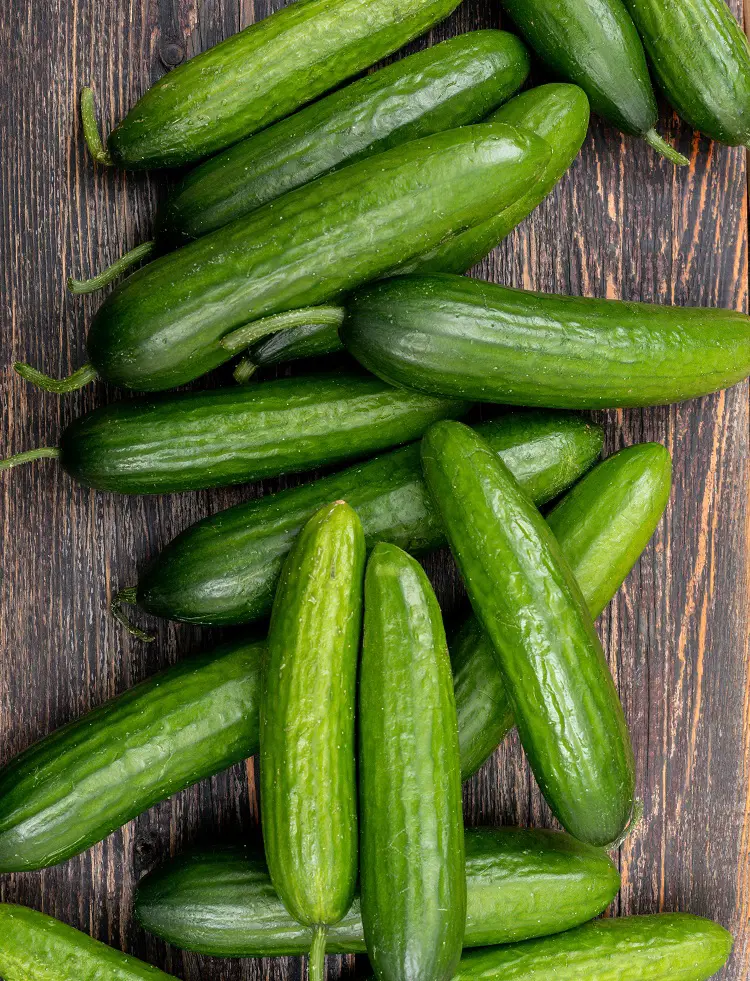
This post may contain affiliate links. If you make a purchase through links on our site, we may earn a commission.
Growing cucumbers is like going on a fun journey where you get to plant and pick your very own crunchy veggies. It's not just about having tasty cucumbers, it's also about the joy of seeing your plants grow.
Whether you have a big garden or a small balcony, you can enjoy growing these versatile vegetables. This guide will help you with everything, from picking the right cucumber type to learning the important growing tricks.
It's like a helpful friend guiding you through the steps, making sure you have a successful harvest of delicious cucumbers.
About Cucumber

The cucumber is a crisp and refreshing vegetable commonly grown for its elongated, green fruits. Belonging to the gourd family, it has a mild flavor, and tender texture, and is often enjoyed fresh in salads, sandwiches, or pickled.
Cucumbers thrive in full sunlight and well-drained soil, and they are cultivated worldwide as a versatile and hydrating addition to various culinary dishes.
- Common Name: Cucumber
- Botanical Name: Cucumis sativus
- Family: Cucurbitaceae
- Plant Type: Annual
- Mature Size: Varies by variety, but typically 1-2 feet in height, spreading vines.
- Sun Exposure: Full sun
- Soil Type: Well-draining, fertile soil
- Soil pH: Slightly acidic to neutral (pH 6.0–7.0)
- Bloom Time: Summer
- Hardiness Zones: Cucumbers are sensitive to frost, so they are typically grown in zones with no risk of frost. Most commonly grown in zones 4-11 as annuals.
Best Cucumber To Grow In Your Garden

Choosing the best cucumber varieties to grow depends on your preferences, available space, and growing conditions. Here are some popular and reliable cucumber varieties:
- Marketmore: A prolific and easy-to-grow variety, known for its dark green, straight fruits.
- Lemon: A unique heirloom with round, pale yellow fruits. Seeds can be scooped out, making it an edible serving bowl.
- Armenian (Cucumis melo): Thin-skinned and crunchy, available in both striped and ridged varieties, offering an exotic twist.
- English (Hothouse): Thin-skinned with a mild taste, ideal for those with a long growing season.
- Bush Champion, Spacemaster, Bushmaster, etc.: Compact varieties are perfect for container gardening, making them versatile for various spaces.
- Straight Eight: A classic slicing cucumber with straight, uniform fruits and a refreshing taste.
- National Pickling: Specifically bred for pickling, producing crisp and flavorful cucumbers.
- Diva: A seedless cucumber variety known for its mild flavor and crisp texture.
- Boston Pickling: An heirloom pickling cucumber with a classic appearance and great crunch.
- Suyo Long: An Asian variety, long and slender, with a mild, sweet flavor.
When To Plant Cucumber?

- To grow a cucumber indoors, maintain a temperature of around 70ºF for optimal germination, using methods like a heating pad or placing seed flats on warm appliances.
- Start indoor planting well before the last frost to ensure seedlings are ready for outdoor transplanting post-frost.
- Avoid early outdoor planting; wait at least two weeks after the last frost date. Cucumbers are sensitive to cold, and exposure to frost can harm them.
- Soil temperature for outdoor planting should be 70ºF for successful germination and seedling transplanting.
- In cooler climates, warm up the soil before planting by covering it with black plastic to maintain consistent temperatures.
- Make successive plantings every two or three weeks for a continuous cucumber harvest, staggering plant maturity and ensuring ongoing enjoyment throughout the growing season.
Here's how to grow cucumber in easy-to-follow steps:
1. Choose The Right Variety

Selecting the right cucumber variety is crucial for successful cultivation as each type serves a specific purpose, such as slicing or pickling. Choosing an unsuitable variety may lead to undesirable characteristics like incorrect size, taste, or texture. Inadequate choices can result in subpar harvests, wasted resources, and disappointment.
Factors such as climate, available space, and intended use influence the selection process. Opting for the wrong variety may yield cucumbers that don't thrive in your specific conditions or fail to meet your culinary preferences, undermining the overall success and satisfaction of your gardening efforts.
2. Start With Quality Seeds
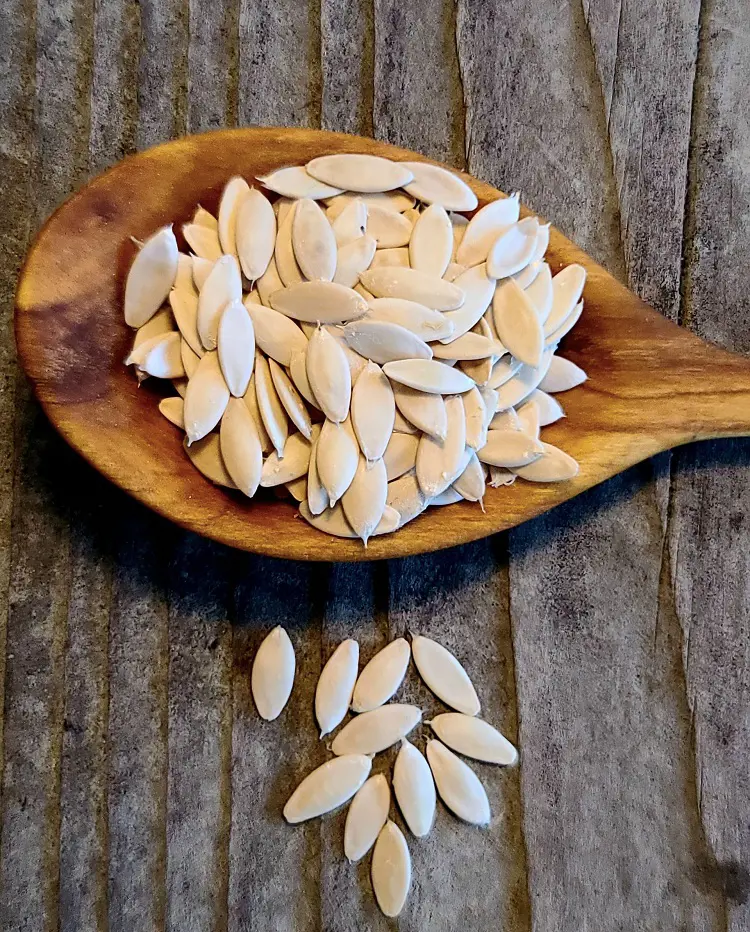
Choosing high-quality cucumber seeds is essential for a successful harvest. Premium seeds ensure better germination rates, vigorous plant growth, and disease resistance. Poor-quality seeds may lead to uneven or low germination, resulting in weak plants prone to pests and diseases.
Inadequate seeds can produce stunted or non-productive plants, compromising the overall yield and quality of cucumbers. High-quality seeds are genetically sound, promoting uniformity and desired traits. Investing in quality seeds enhances the likelihood of a thriving cucumber crop with optimal flavor, and texture.
3. Indoor Seed Starting
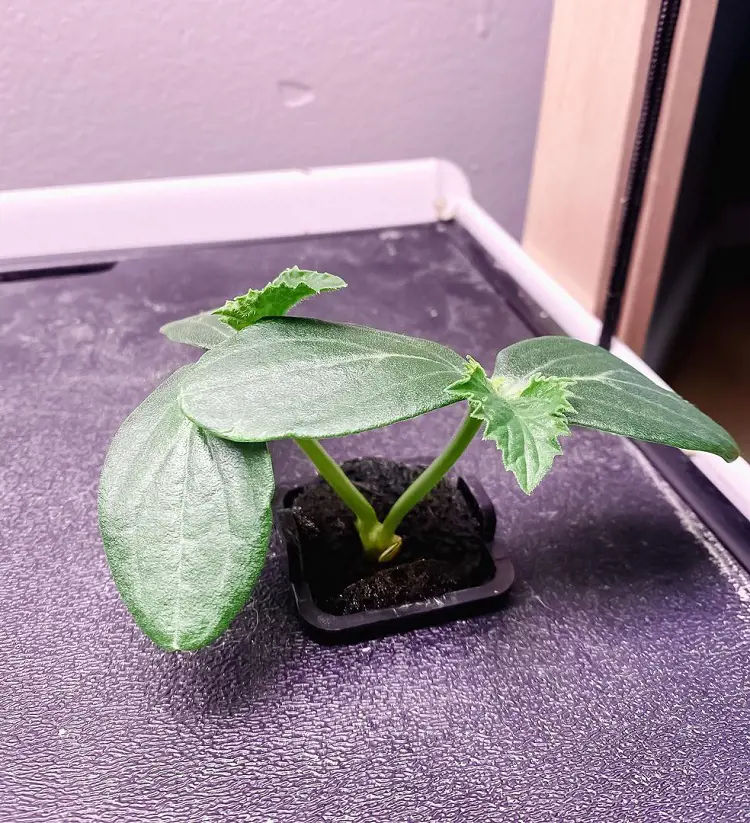
Cucumber is a spring-season vegetable, begin growing cucumber plants indoors a few weeks before the final frost by placing cucumber seeds in trays or small pots filled with a quality seed-starting mix. This method provides a controlled environment for seedlings to develop before transplanting them outdoors.
Indoor starting allows for better temperature regulation and ensures that the plants are sturdy and ready for outdoor conditions. By initiating the cucumber growing process indoors, you extend the growing season and increase the chances of a successful and productive harvest when the plants are eventually moved to their outdoor location.
4. Transplanting Cucumber Seedlings
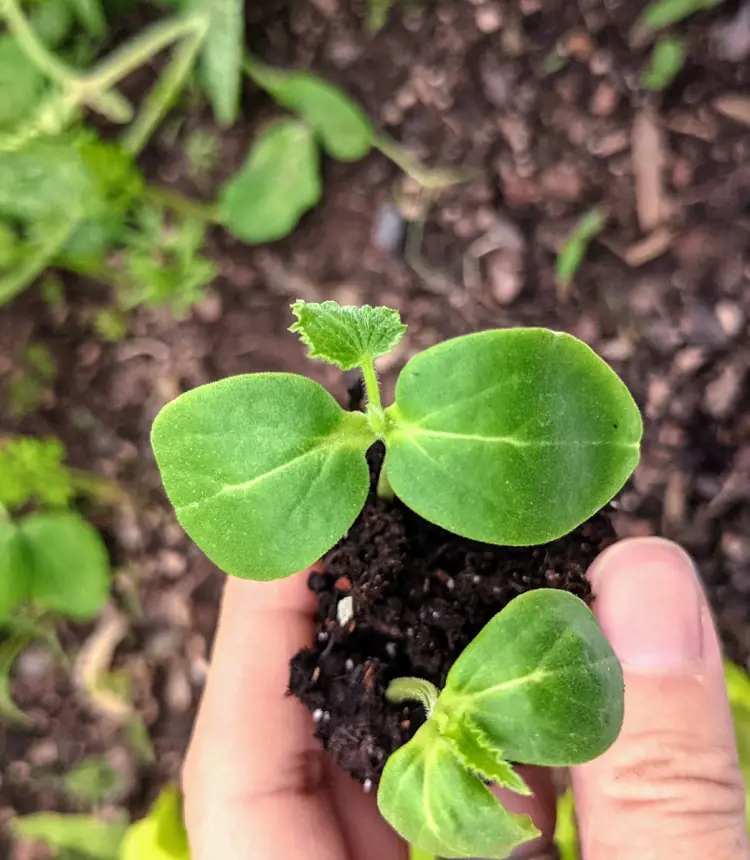
Move your cucumber seedlings from their indoor containers to the outdoor garden after the last frost, when the soil has warmed up. Transplanting should occur when temperatures are no longer prone to frost, providing a suitable environment for cucumber growth.
These warm conditions encourage the plants to flourish. By transplanting at the right time, you give your cucumber seedlings the best chance to thrive in the outdoor environment, fostering healthy development and increasing the likelihood of a bountiful cucumber harvest.
5. Choose A Sunny Location
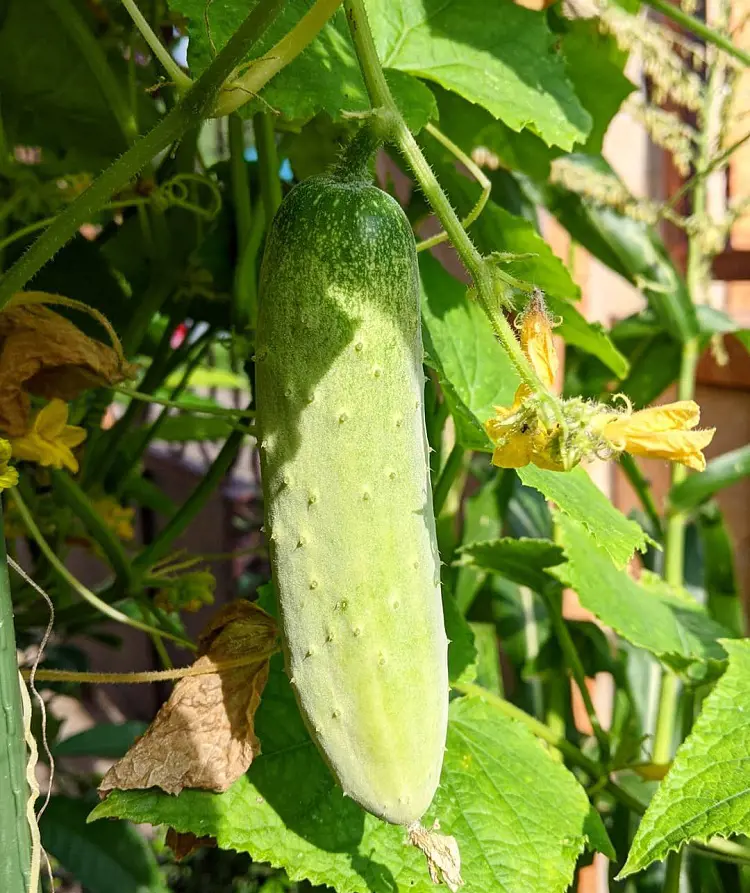
Select a sunny area with good drainage to plant your cucumbers. Cucumbers love the sun, so find a spot where they can soak up 6-8 hours of direct sunlight each day. Sunlight is like food for them, helping them grow strong and produce lots of tasty cucumbers.
Well-draining soil is important to prevent water from sitting around the roots, which can cause problems. By choosing a sunny location with the right soil, you're giving your cucumber plants the perfect home to flourish, ensuring they get the sunlight they need to thrive and provide you with a great harvest.
6. Provide Adequate Support
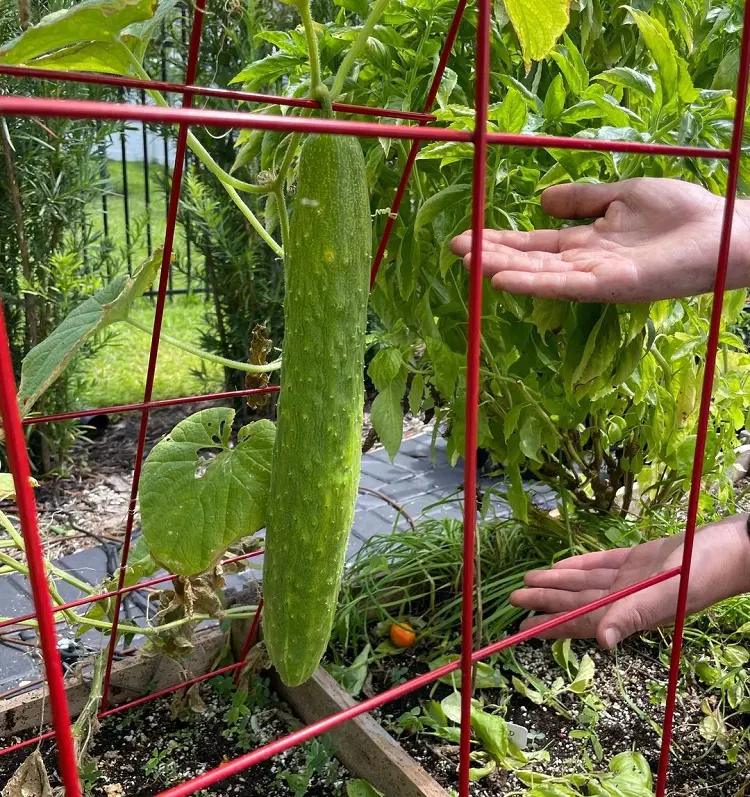
The best okra companion plant, cucumber grows better by giving them some support. Since cucumbers like to climb, use things like trellises, cages, or stakes to lift their vines off the ground. This not only keeps the plants tidy but also prevents diseases and allows air to move around them.
When vines stay off the ground, it's harder for diseases to reach them, and the plants get more sunlight and air. Think of it like giving your cucumbers a little help to stand tall, and stay healthy.
7. Water Regularly
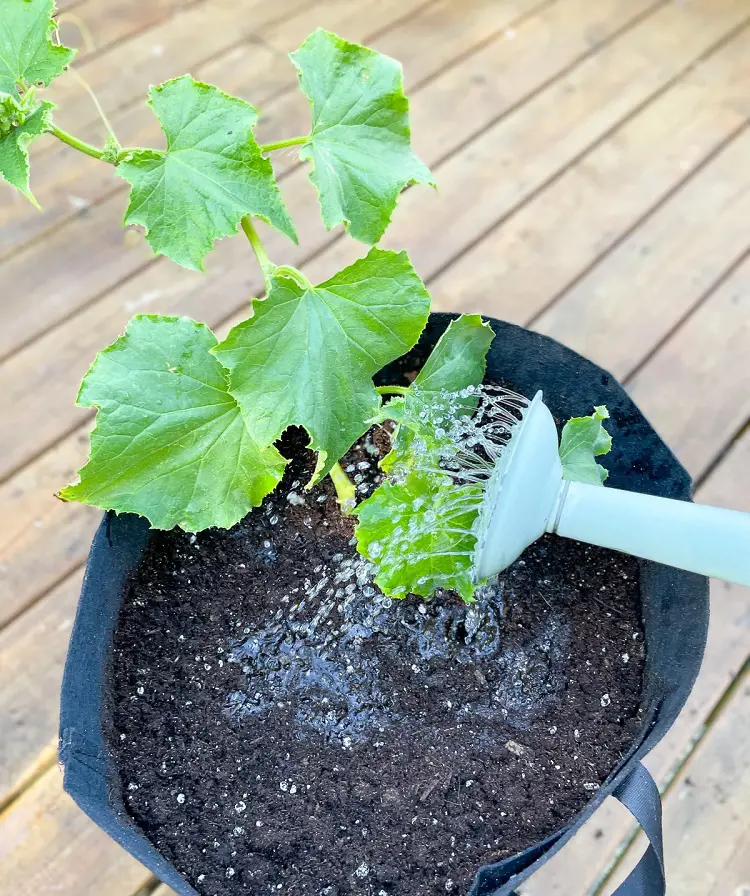
Make sure the soil around your cucumber plants is always a bit damp, but not too soggy. Cucumbers love water, especially when it's hot outside, so water them regularly.
When watering, aim for the soil near the bottom of the plant to keep the leaves dry. Wet leaves can cause problems. So, think of it like giving your cucumbers a good drink at the roots to keep them happy, healthy, and growing well, especially when the weather is warm.
Quick Tip
- Water cucumbers early morning to beat the heat, allowing the soil to absorb moisture before evaporation.
- Opt for deep, infrequent watering to promote deeper root growth, making plants more resilient and enhancing the taste and texture of the cucumbers.
8. Mulch The Cucumber Plant
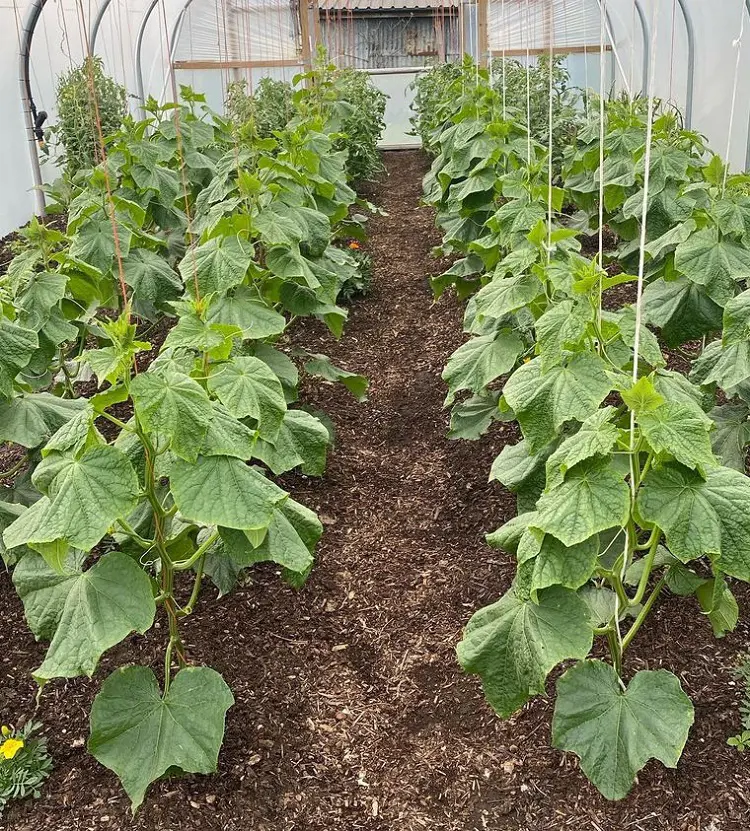
Think of mulch as a cozy blanket for your cucumber roots! It's like a layer of stuff (straw, leaves, or shredded wood) around your plants. This magic blanket does three cool things: it keeps water in, so your plants stay hydrated in the heat.
Mulching also stops weeds from stealing space and nutrients; and in summer, it keeps the soil cool, while in winter, it acts like a warm coat for your roots. So, by adding mulch, you're basically treating your cucumbers to a spa day, making them comfy, watered, and free from pesky weeds for a great harvest.
9. Fertilize The Soil
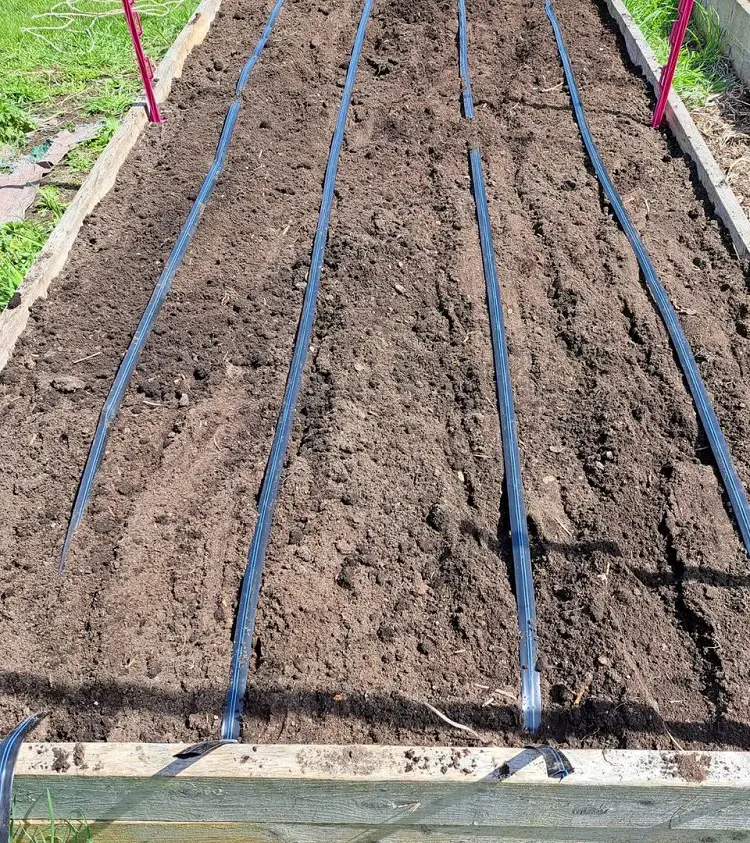
Before planting, blend balanced fertilizer or compost into the soil, offering a nutritious breakfast for your cucumber seeds or seedlings. As they grow, continue the feast by adding fertilizer every few weeks, sprinkle it around, or mix it into their watering routine.
Just like a side salad or a tasty smoothie, it keeps your plants satisfied. Be cautious, though, too much is like too many cookies, not great! Follow the fertilizer instructions and water regularly. With these healthy snacks, you'll fuel your cucumbers for a plentiful harvest of crisp and tasty fruits.
10. Pruning

Give your cucumber plants a little haircut! Pinch off the side branches, called lateral shoots, to promote upward growth and let more air flow around them. This helps prevent diseases and keeps your plants healthy.
Think of it like giving them more space to breathe and stretch upwards. Pruning also helps control the size of the plant, making it easier to manage in your garden. It's like tidying up your cucumber's hairstyle, ensuring they stay well-groomed, disease-free, and ready to produce lots of tasty cucumbers for you to enjoy.
11. Pest And Disease Management
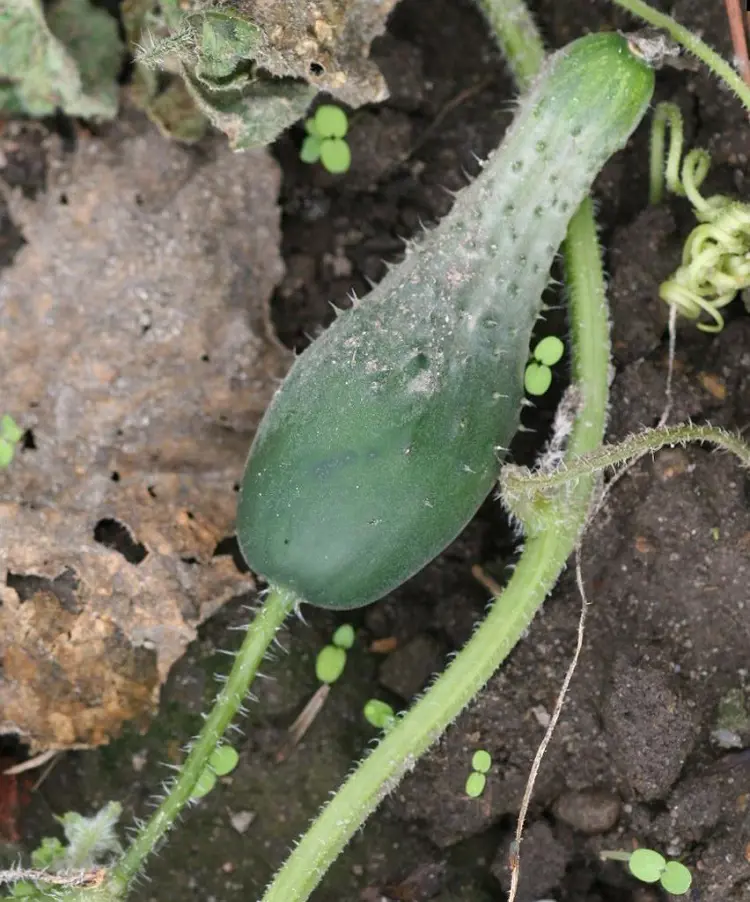
Taking good care of your cucumber plants is super important to keep them healthy. Always check for bugs like aphids and cucumber beetles, they can cause trouble. Use both natural and chemical ways to keep these pests under control.
If you see any leaves that look sick, take them off quickly to stop the sickness from spreading. Natural ways could be bringing in helpful bugs or using neem oil, and chemical ways might include using safe bug sprays. Doing this keeps your cucumber plants strong, and happy, and gives you lots of tasty cucumbers.
Quick Tip
- Grow companion plants of cucumber like marigolds or basil near cucumbers to naturally repel pests with their scents, protecting your crop.
- Switch cucumber planting spots yearly to disrupt pests and diseases in the soil, promoting healthier plants and reducing the risk of infestations.
12. Harvest At The Right Time
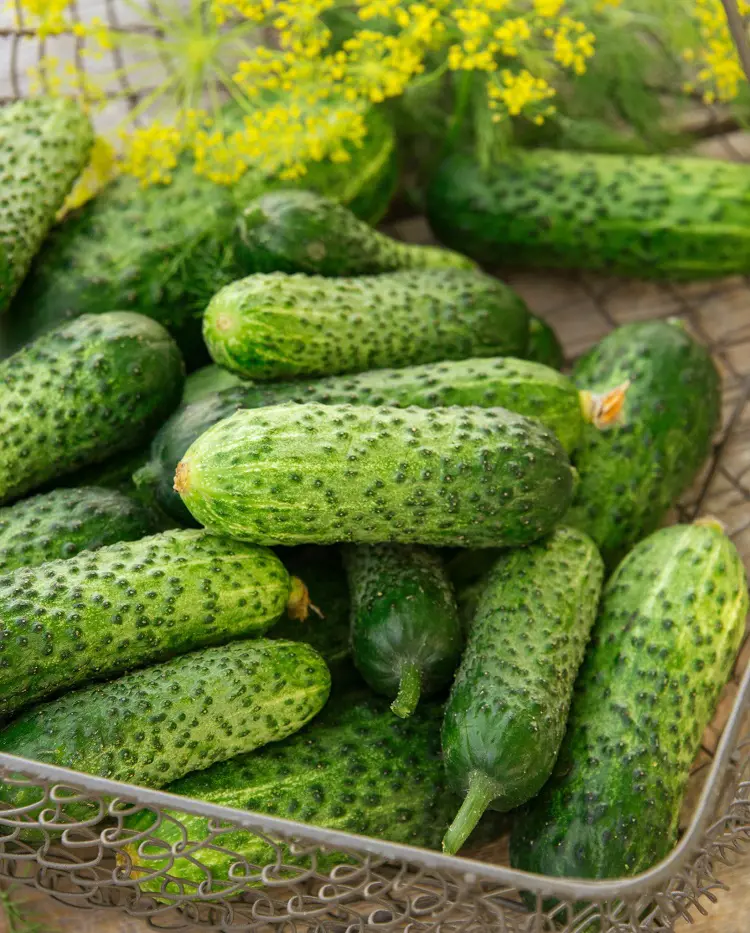
Picking cucumbers at the right time is super important to avoid problems. If they get too old, they taste bitter because of something called cucurbitacins, and they won't be yummy.
Older cucumbers also get bigger, and tougher, and have more and thicker seeds, so they don't taste as good. If you don't pick them up on time, the plant might stop making more, and it can get sick. Leaving them on the plant too long also makes it easier for bugs and sickness to attack.
Here are some key reasons why harvesting cucumbers at the right time is crucial:
1. Optimal Flavor And Preventing Bitterness

Pick your cucumbers when they're just right for the yummiest taste! If they get too old, they might taste bitter because of something called cucurbitacins. So, grabbing them at the perfect time stops these bitter things from building up, making sure your cucumbers are crispy and refreshing when you eat them.
It's like waiting for the perfect moment to enjoy your favorite snack, that's when cucumbers are the most delicious.
2. Tender Texture And Seed Quality

Grab your cucumbers when they're still young to make them super tender! Young cucumbers have thin skin and soft seeds, making them way nicer to eat. It's like having a snack that's really easy to chew.
Also, when you pick them at the perfect time, the seeds inside are all grown up and ready to make new plants if you want to plant them for more cucumbers later. So, not only do you get to enjoy delicious cucumbers now, but you also have the option to grow more in the future from those perfect seeds.
3. Continuous Production And Plant Health

When you pick your cucumbers regularly, it tells the plant to keep making more and more, so you always have fresh ones to enjoy. If you leave the mature cucumbers on the plant for too long, it might stop making new ones, and you won't have as many.
Picking them regularly also helps the plant stay healthy because it doesn't waste energy on old cucumbers. Plus, it lowers the chance of bugs and sickness bothering your plant. So, by picking your cucumbers often, you make sure the plant stays busy, and healthy, and gives you lots of yummy cucumbers.
Harvesting Technique For Cucumber

Harvest cucumbers by using a sharp knife or pruning shears to cut the fruit from the vine, leaving a small portion of the stem attached. Avoid pulling or twisting, as this can damage the plant. Choose cucumbers when they reach the desired size, typically 6-8 inches for slicing varieties and 2-4 inches for pickling types.
Check for vibrant green color, firm texture, and moderate spines. Harvest in the morning for optimal crispness. Employing proper harvesting techniques ensures the best flavor, texture, and overall quality of your cucumbers.
Recent posts
How To Grow
How To Grow
How To Grow Garlic
A bulbous member of the onion family, garlic is prized for both its potent flavor and a variety of therapeutic applications. Due to its relative ease of cultivation, it is a favorite among home gardeners and a pioneer in kitchens worldwide. Garlic ma...
How To Grow
How To Plant and Grow Orchids
Orchids are one of the prettiest and most interesting flowers out there, with over 30,000 types and 200,000 hybrids. They are one of the biggest families of plants and can grow indoors or outdoors. However, growing and taking care of orchids is not e...
How To Grow
How To Plant, Grow And Harvest Corn All By Yourself
Growing your popcorn or sweet corn at home garden can seem like an interesting idea. However, it requires a large amount of space to grow as it is a tall plant that needs plenty of room to spread out. But, if you want to enjoy freshly popped po...
How To Grow
How To Plant, Grow And Care Radishes In Your Garden
Growing radishes in your garden is a fantastic way to enjoy crisp and peppery veggies that you've nurtured from seed to plate. It's a straightforward process that anyone can try, even if you're new to gardening. In the following 12 steps, we'll guide...
How To Grow
How to Plant, Grow And Care For Spinach?
Growing leafy greens in your backyard garden is both healthy and fun. Spinach can be the best leafy green to start with as it is relatively easy to grow from scratch and can be harvested in about a month from planting. It thrives in spring or fall in...
How To Grow
How To Plant, Grow And Care Asparagus In Your Backyard
People love asparagus in spring and summer because it's one of the first veggies to pop up, and the fresh spears taste amazing. Besides being tasty, it's super healthy, loaded with vitamin B, vitamin C, calcium, and iron. Growing asparagus might soun...
